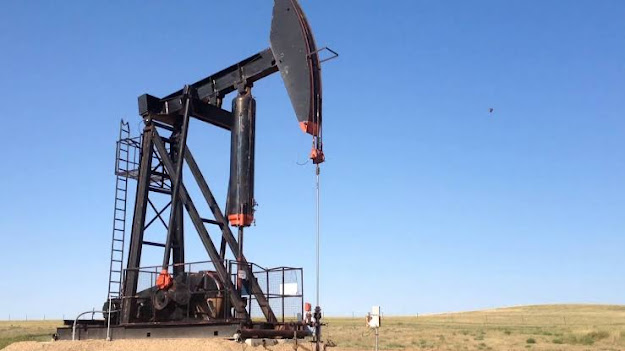Joule Thomson effect

Joule - Thomson Effect . ... The Joule - Thomson (JT) effect is a thermodynamic process that occurs when a fluid expands from high pressure to low pressure at constant enthalpy (an isenthalpic process) . The cooling occurs because work must be done to overcome the long-range attraction between the gas molecules as they move farther apart. The frequency of atomic collisions decrease as air expands , therefore the air gets cooler . Temperature is just the average heat of a substance. As the energy needed to increase it's temperature must be supplied from somewhere, and the gas does not takes the energy from the surrounding system giving the effect of cooling. Most of the real gases need more work downstream at ambient temperature, due to the effects of compressibility. P 1 × V 1 < P 2 × V 2 The indicates that the internal energy decreases when the gas passes through the restriction . It ca...


